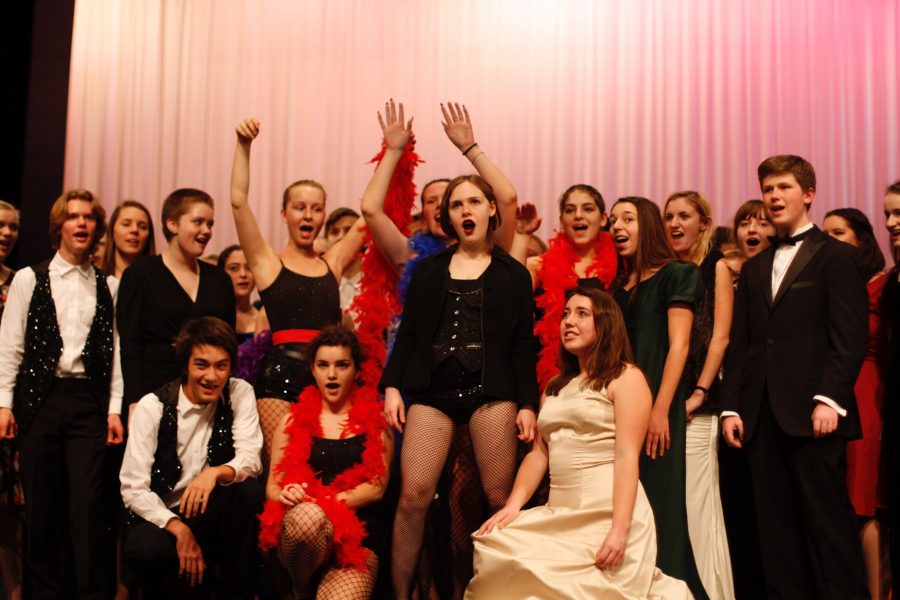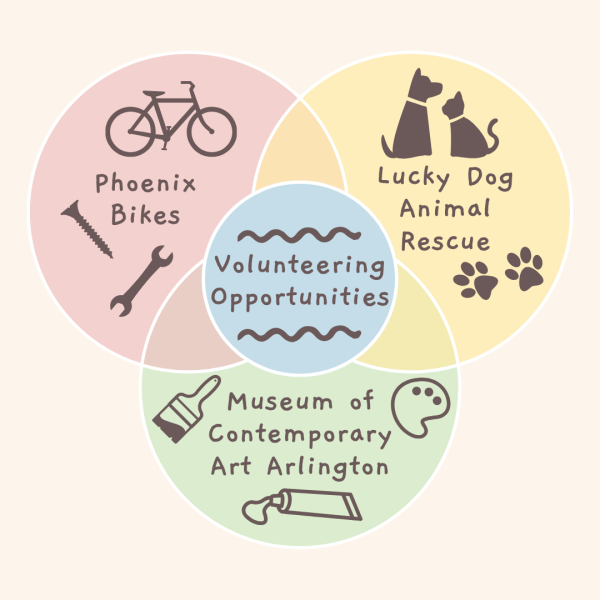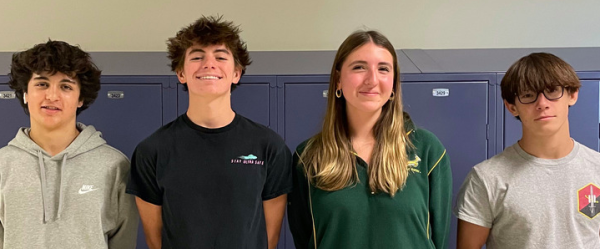Pippin takes the stage
Pippin is a musical written by Stephen Schwartz in 1972 about a young prince trying to find his ‘corner of the sky.’ The story is loosely based around the historical figure, Pepin, who was the son of Frankish King Charlemagne and lived in the Early Middle Ages (769-811 AD) during the time period where most of Europe was still being developed through religious battles and coups. There is not much record of Pepin the history books because although he was the eldest son, he never inherited Charlemagne’s throne. This was because Pepin helped lead a failed coup against his father when he was 23 years old, and was banished to a monastery as punishment where he died quietly 20 years later.
Schwartz takes advantage of this lack of record to craft the fantastical story of Pippin. For instance, instead of having the coup fail, Pippin succeeds in murdering his father for human rights violations, and then takes his throne. As it turns out, Pippin is not suited towards being a ruler and he nullifies all of the important legislation that keeps the country running. Just when the country is about to fall apart, Pippin wishes his father back from the dead and turns the control of the country back over to him.
The entire story is told in an unusual narrative style much like a self-cognizant play. There is a Leading Player (played by Ellen Berenson) and an ensemble which acts as background characters to help lead Pippin’s life story forward. As Director Keith Cassidy states in the Director’s Note in the playbill: “originally conceived as a band of traveling players presenting the [sic] Prince Pippin’s life-story, the ensemble joyfully executed each scene in a highly stylized and presentational manner. They stepped in and out of character and constantly broke the fourth wall, all under the direction of the Leader Player whose great sense of showmanship masked a darker, more disturbing intention.” Unlike the Broadway rendition of Pippin where the ensemble and Leading Player resemble a traveling circus, Mr. Cassidy decided to draw from the 1940’s nightclub Copacabana and made the story set in a piano bar.
In order to convey this, there were waiters who carried wine and other drinks to “patrons” on the side of the stage waiting at round restaurant-style tables. “Dancing girls and singing waiters actively encouraged the stylish and well-dressed patrons to sing along and even help move the story by delivering important information, snappy jokes and, in some cases, performing key roles,” wrote Mr. Cassidy.
















